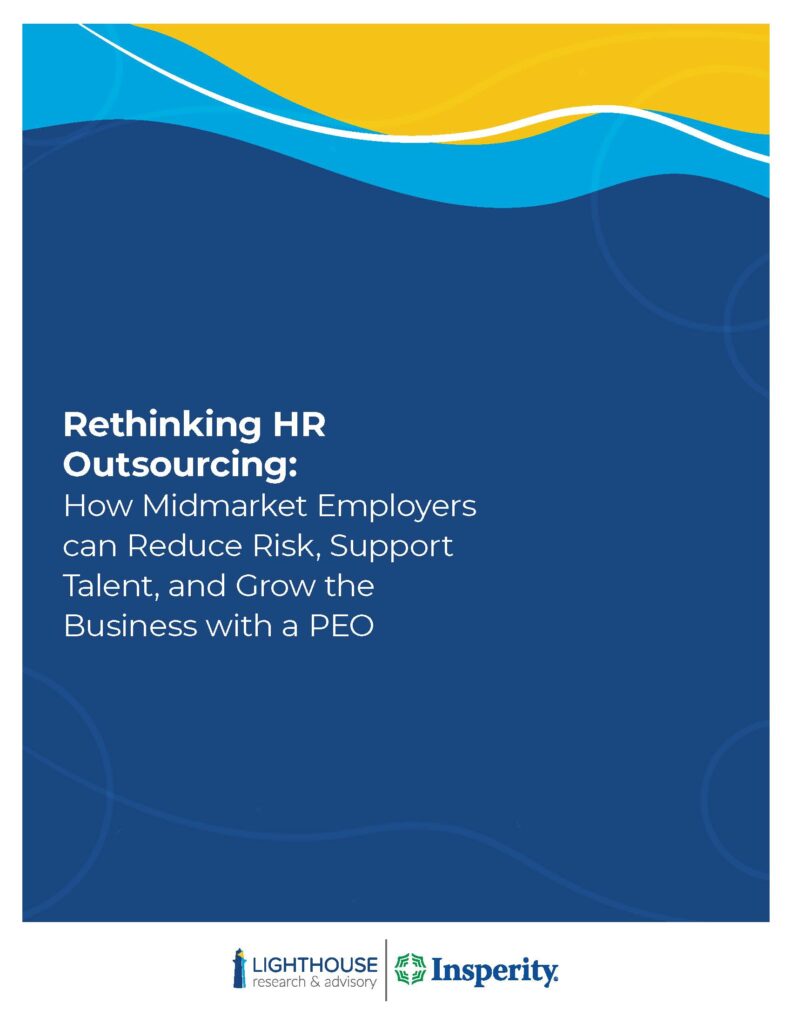Have you ever watched a professional juggler? It’s pretty incredible. With their practiced hands and expert skill, they can add a seemingly endless number of objects to their routine, keeping them in the air for quite some time. But the truth is that no matter how good someone is at juggling, eventually one of the items will fall. It’s inevitable.
That same principle applies to middle-market employers and the challenges they face. Frankly, they have a tough road ahead of them.
For starters, compliance changes are like a never-ending parade of limitations and requirements that threaten to take down even the most well-meaning employers and business leaders. This is doubly true for any organizations that have workers in multiple locations because it exponentially increases their risk of inadvertently missing a compliance issue.
According to the National Bureau of Economic Research, the average US firm spends 1.3 to 3.3% of its total wages on regulatory compliance. For a firm with 100 team members each making an average of $50,000, that compliance cost is anywhere from $65,000 to $165,000. That’s a big enough price tag to get the attention of every leader in the business.
 In addition, workers today have higher demands than ever before. They want things on their schedule, not when it’s convenient for the employer. They expect transparency at unprecedented levels across a variety of areas that include pay, development opportunities, and more. Not only that, but the broad age range in the workforce means the needs of employees can range greatly from person to person, creating additional work for HR teams that are already stretched thin.
In addition, workers today have higher demands than ever before. They want things on their schedule, not when it’s convenient for the employer. They expect transparency at unprecedented levels across a variety of areas that include pay, development opportunities, and more. Not only that, but the broad age range in the workforce means the needs of employees can range greatly from person to person, creating additional work for HR teams that are already stretched thin.
Plus, there’s a very real talent gap in many industries and companies. Firms struggle to hire for business-critical roles, and leaders spend late nights worrying about losing their talent to the competition. Skills gaps exist in nearly every industry, and small to midsize employers often don’t have the budgets to compete with enterprise firms for the talent they need. To make things worse, the unemployment rate has been at historic lows for years, demonstrating that there isn’t an available source of talent ready to take on these open positions.
Download the full report to learn what 1,000+ SMB employers are prioritizing and how to move from administrative to strategic HR.

Ben Eubanks is the Chief Research Officer at Lighthouse Research & Advisory. He is an author, speaker, and researcher with a passion for telling stories and making complex topics easy to understand.
His latest book Talent Scarcity answers the question every business leader has asked in recent years: “Where are all the people, and how do we get them back to work?” It shares practical and strategic recruiting and retention ideas and case studies for every employer.
His first book, Artificial Intelligence for HR, is the world’s most-cited resource on AI applications for hiring, development, and employee experience.
Ben has more than 10 years of experience both as an HR/recruiting executive as well as a researcher on workplace topics. His work is practical, relevant, and valued by practitioners from F100 firms to SMB organizations across the globe.
He has spoken to tens of thousands of HR professionals across the globe and enjoys sharing about technology, talent practices, and more. His speaking credits include the SHRM Annual Conference, Seminarium International, PeopleMatters Dubai and India, and over 100 other notable events.
